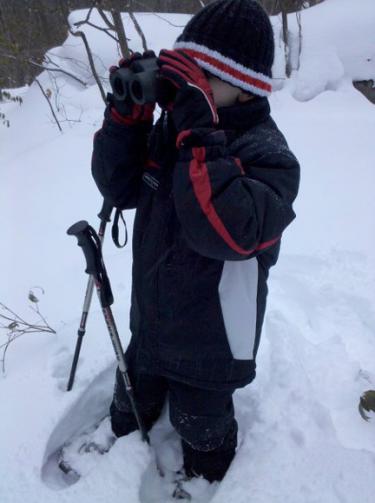Finding a future for birds
Of the almost 900 bird species in the United States, one-third face a questionable future. Loss of habitat, invasive species, toxins and other impacts have undercut their ability to survive in the world today. Though the exact causes vary, nearly all are linked to one overarching threat, alteration of the landscape.
Birds have had to adapt to the loss of almost all of the old-growth forests in the East; the introduction of non-native species; the arrival of towers, wind turbines and other foreign obstacles in their formerly open flyways. From the oak savannahs of the Northwest across the Great Plains through the southern longleaf pine forests to the wetlands of Florida, habitats that were once common and healthy have become rare and wounded. And all of these regions are home to communities of birds that have grown vulnerable as their nesting and perching sites, food resources and safe passages have disappeared. The resulting ecological reality has meant moderate to severe population reductions for some birds—for others it has meant extinction.
Human activities alter the natural environment in many ways and often have long-ranging impacts on birds. From glass windows to wind farms, human development can be deadly for birds. But human activity can also help mend the landscape and restore habitats. There are bright spots on the bird horizon—and one of them is landowners like you. One of the most promising facets of bird conservation today is the ability of private woodland owners to maintain and restore the health of family forests.
To promote the health of bird communities, it is helpful to understand some of the most critical threats to their survival. Below is a breakdown of the landscape changes that have impacted birds, as well as some concrete ways that you as a landowner can help alleviate those threats on your land. You’re help in restoring habitat is so important to the future of birds and other wild critters, there are even federal financial incentives that will help you defray the costs.
How can I get more tips?
It’s simple! Enter your email below.

